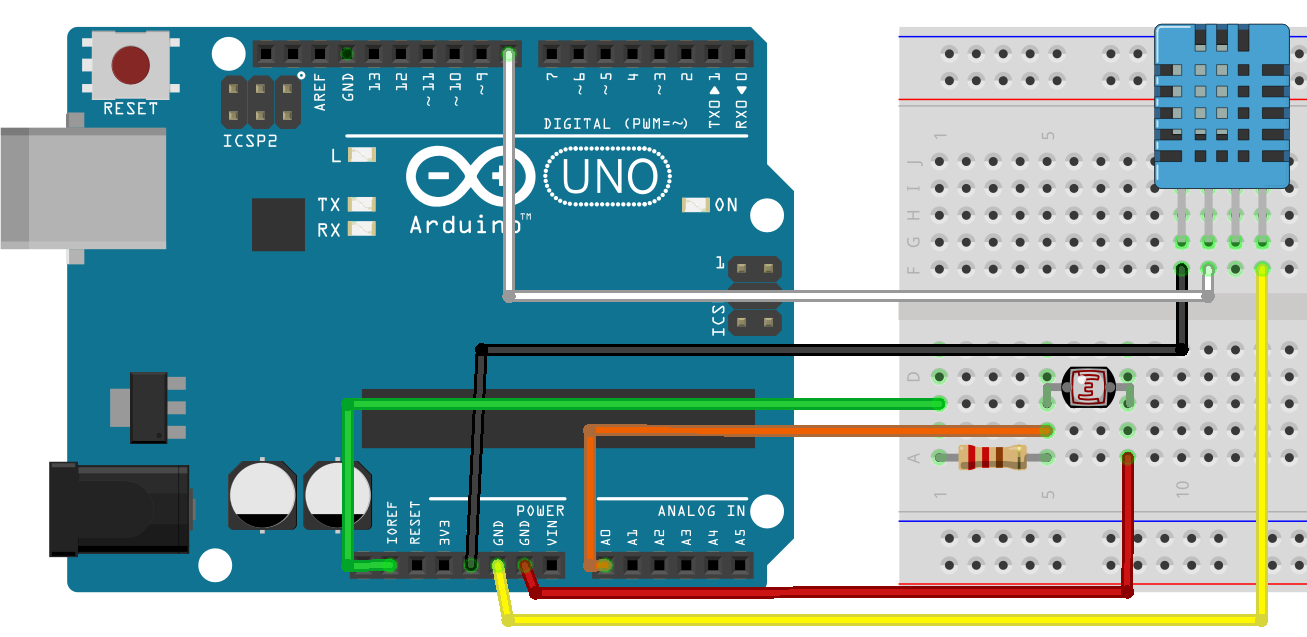Those of you who keep an eye on developments in the mainstream of IT will be aware that a major upheaval has been occurring over the last 5 or so years, in which JavaScript has exploded in popularity and importance. Largely as a result of its server-side incarnation - Node.js - it has broken free of just being the scripting language that you use in web browser, to becoming the world's most popular language and enterprise technology of choice.




 but wait till the next one... ]
but wait till the next one... ]
